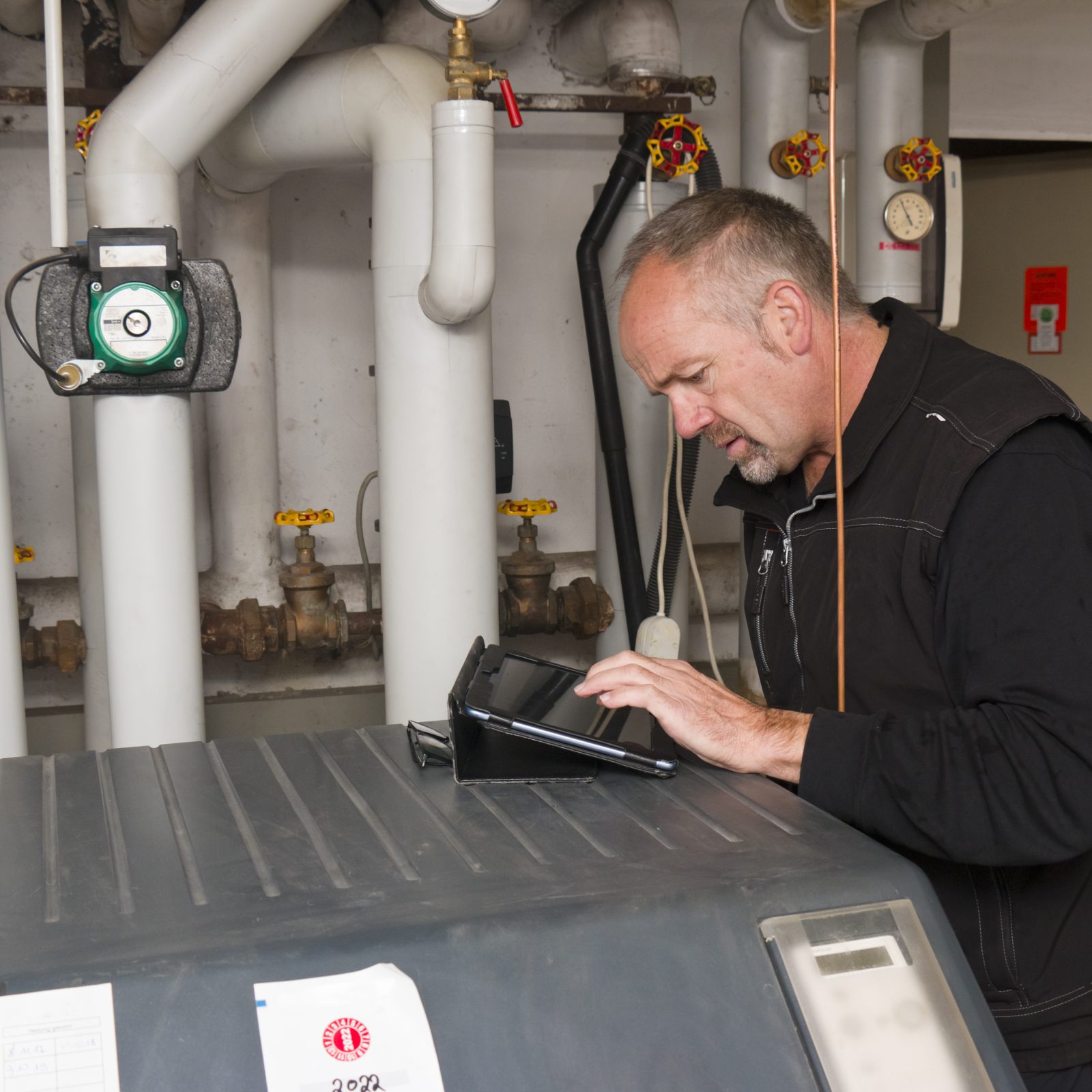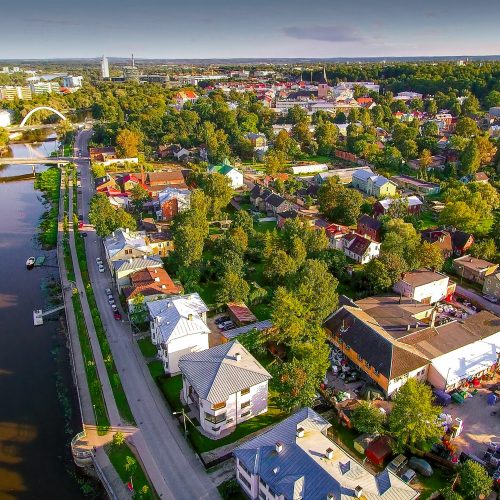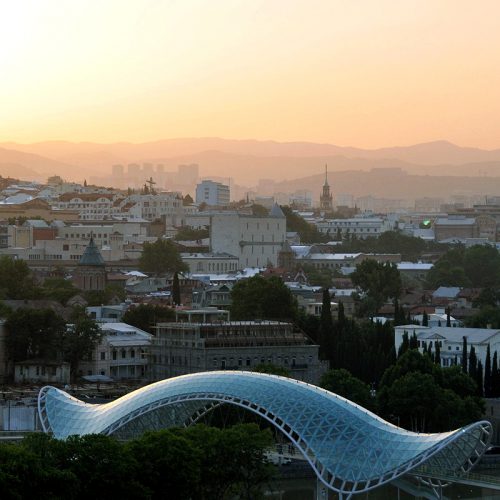Description
District heating (DH) systems can reduce their carbon emissions through improving efficiency in the system or by switching to new fuel sources or new heat sources. Efficiency in the DH system may be achieved by rescaling the size of the DH network, as some DH systems are oversized, or by upgrading old boilers and leaking heat pipes. District heating systems can be further decarbonised by switching away from fossil fuels to renewable sources and by capturing new sources of surplus heat.
Whenever DH systems are based on carbonintensive fuel sources, such as coal or heavy fuel oil, the potential carbon reduction is significant. For example, in Bosnia and Herzegovina, several district heating operators have replaced heavy fuel oil heat boilers with biomass boilers. This has not only reduced carbon emissions, it has also reduced fuel expenditure and helped generate local jobs by developing local markets for the supply of sustainably sourced biomass.[1]
Actively capturing the heat surplus from other economic activities is another way to decarbonise the district heating sector. Historically, heating systems have often been fuelled by surplus heat or heat waste from industrial processes or from electricity generation. However, as some manufacturing industries close down and new technologies and new industries emerge, new opportunities for potential heat sources may appear. Some of these heat sources may need a ‘top-up’ to bring the final temperature in line with a commercially required heat supply, but such heat sources may include surplus heat from data centres, shopping malls or wastewater treatment plants.
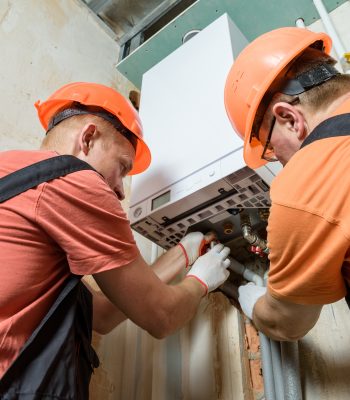
Resource implications and requirements
All the abovementioned ways to decarbonise the DH supply require significant upfront investment. However, these measures are expected to considerably reduce operating costs and can therefore be economically justified in the long term. For example, the city of Banja Luka in Bosnia and Herzegovina has developed a feasibility study to improve its district heating system, which has attracted interest from the EBRD in providing an investment package of €15 million for new biomass boilers, network upgrades and other efficiency measures. These are expected to reconnect 80 per cent of disconnected users to the district heating network within four years and reduce fuel consumption by 27 per cent, thus reducing emissions by 20,000 tonnes of CO2 per year and leading to €4.5 million in fuel savings.[2][3]

Potential private-sector participation
Many of the proposed investments and solutions can be provided through PPP-style contracts or energy performance contracts. Under these contracts, private energy servicing companies (ESCOs) make the necessary investments, which they also finance, while being remunerated based on the energy efficiency achieved during a fixed operating period. Energy performance contracts have been demonstrated to be an efficient way of addressing investment needs, providing operational efficiency without adding an additional debt burden to municipal accounts (see policy option E3).

Implementation obstacles and possible solutions
High upfront investment costs and a potential reluctance of some decision-makers to change may hamper support for the proposed decarbonisation measures. One possible solution is the use of privatesector contracting or energy performance contracting where the debt burden and performance risks are allocated to private contractors.
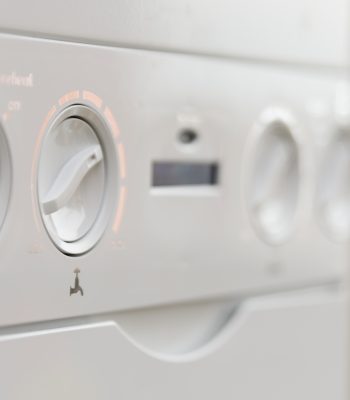
References
[1] UN Environment Programme (2017), “Winter is coming for fossil fuel heating in Banja Luka”, November 2017.
[2] CTCN (2015), “Rehabilitation and Modernization of the district heating (DH) system in the City of Banja Luka”, Climate Technology Centre and Network, August 2015.
[3] EBRD (2018), “Green Cities Framework – Banja Luka District Heating”, project summary document.








